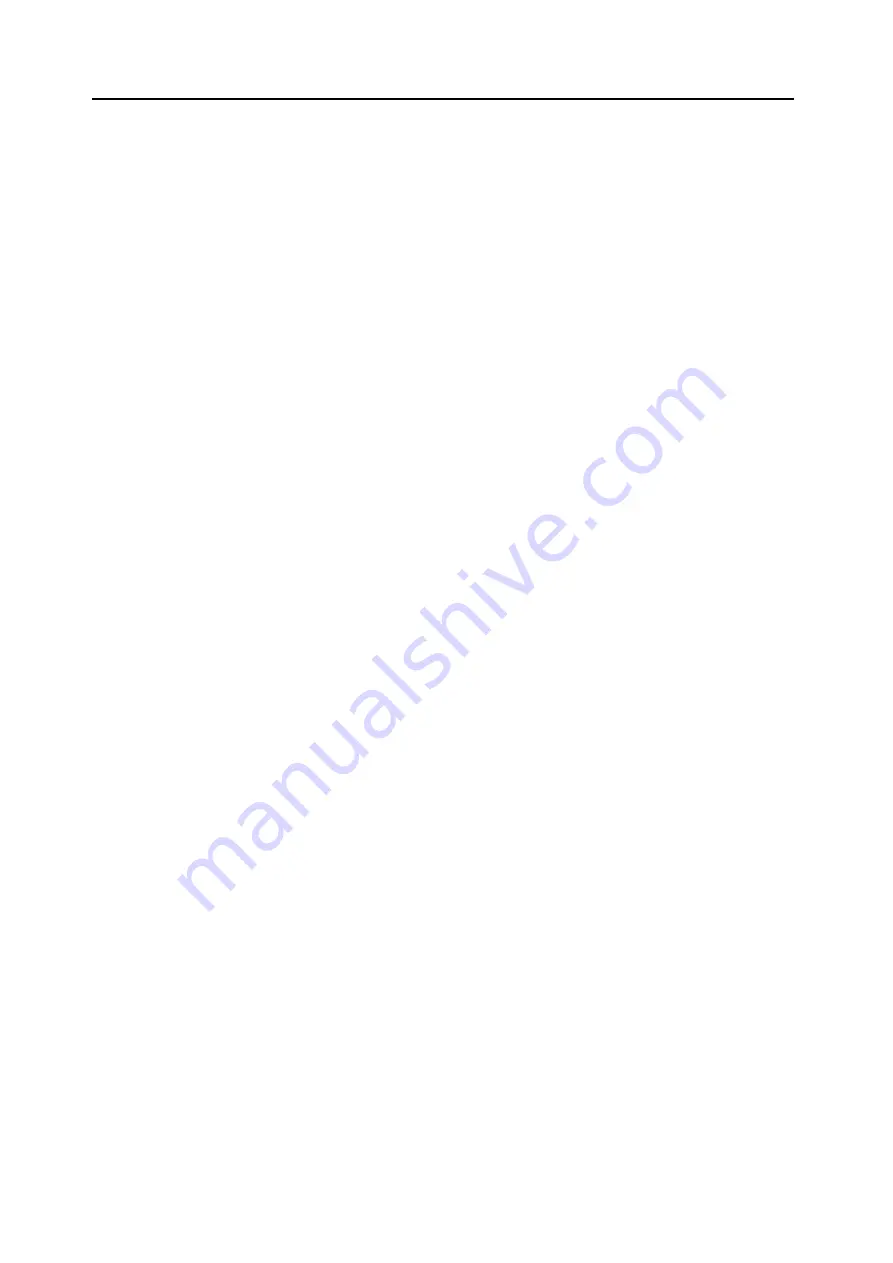
Getting Started
13
Modulation
Modulation Overview
Most parameters can be modulated. Each modulation routing includes a primary modulation source, an intensity,
and a secondary modulation source; the three are multiplied together to create the modulation amount. A single
destination, such as Filter Cutoff, can have up to 31 incoming modulation routings. There is no fixed limit on the total
number of modulation routings. For descriptions of all of wavestate native’s modulation sources, see “Modulation
How are mod routings shown?
Modulated values are shown as orange dots on knobs and sliders. If a parameter is shown only as a text or numeric box,
and it is modulated, then the text is shown in orange.
The modulation inspector on the right side of the window shows the modulation routings, if any, for the selected
parameter. You can also use the inspector to add new modulations or delete existing ones.
Drag and drop modulation routings
To create a modulation routing using drag and drop:
1. In the Mod Sources footer, click and hold on the name of any of the following: the Mod or Pitch wheel, Vector
Envelope A/B/C/D, Envelopes, LFOs, Filter or Amp Key Track, or Mod Processors.
For the Mod Knobs, click and hold on the number labels 1-8. For the Vector Joystick, click on A or C for Joystick X, or B
or D for Joystick Y.
2. Drag to a modulation destination.
Most parameters are modulatable. Newly-created modulation routings will appear in the Mod Inspector.
Note: If a parameter cannot be modulated, a message will appear to that effect. If the message “Channel Sources Only”
appears, the parameter cannot be modulated from per-voice sources such as LFOs, envelopes, the Step Seq Lane, and
Key Track. (The Vector Env can be used, since there is a separate Performance-level version of this envelope.) In this
case, choose a different modulation source.
3. In the Mod Inspector, set the Intensity as desired.
The maximum Intensity is typ/- the full range of the parameter, so that regardless of the programmed value,
modulation can always reach the minimum or maximum values.
4. Optionally, assign a second modulator (the Intensity Mod Source), whose value will multiply that of the main
Source.
For example, you could route the Step Sequencer to Multi Filter Crossfade, with the overall amount of the step
sequencer modulated by the Pan LFO.
Note: Once a modulation routing is created, you can change either of the sources, but you cannot change the
destination.
Manually adding modulation routings
You can also manually add modulation routings using the Mod Inspector. This can be convenient if you want to create
a routing using more esoteric mod sources not available via drag-and-drop, such as Prog #of Notes or arbitrary CCs. To
do so:
1. Click on the desired destination parameter.
Provided that it is modulatable, its name will appear at the top of the Mod Inspector.
2. In the Mod Inspector, click on the “+” button.
A new modulation routing will appear.
3. Select mod sources and set Intensity as desired.
Modulating one mod source with another
You can also drag-and-drop to modulate one mod source with another. To do so:
1. Click and hold on the name of the mod source, as above.
2. Drag and hold over the tab for the desired modulation destination.
For example, to modulate the Filter LFO, hold over the LFOs tab.
After a moment, the tab will open.






























